Your cart is currently empty!
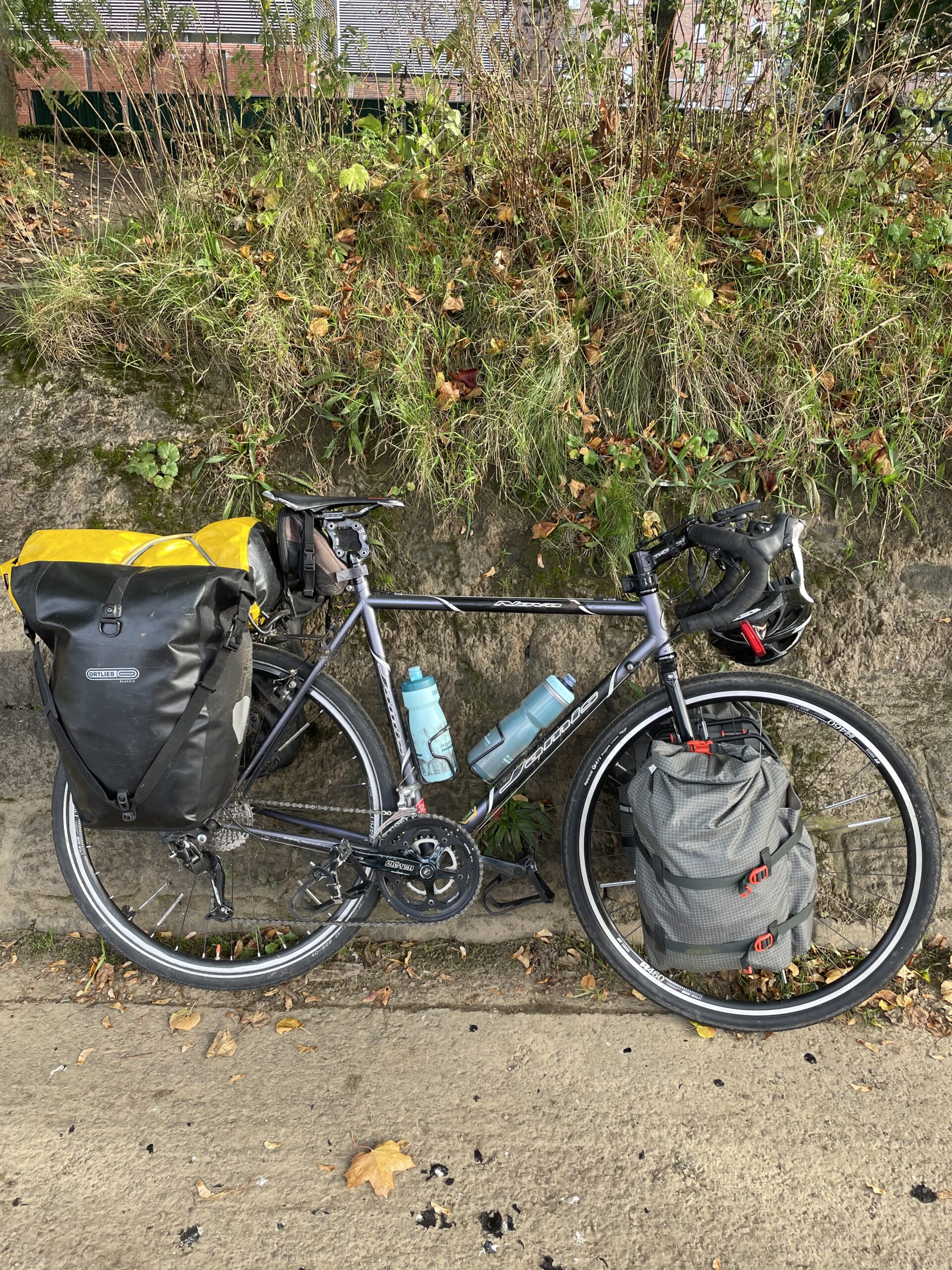
How to Buy a Used Bike For Bicycle Touring/Bikepacking
You don’t need an expensive bike to get you where you need to go!
If you are reading this article, I suspect you are new to the sport of bicycle touring and bikepacking and need some quick advice on how to make your upcoming adventure happen. Maybe you want to complete a week long trip in Vermont with some friends during your spring break in college. Maybe you want to cycle across Europe, or complete a holiday in Vietnam. Luckily for you, the only two bikes I have ever purchased- out of the four I own (read more on those four here)- were secondhand, under $1000 each, and took me on two different tours (and a number of bikepacking trips). Let’s jump right into everything I know about how to buy a used bike for bicycle touring/bikepacking.
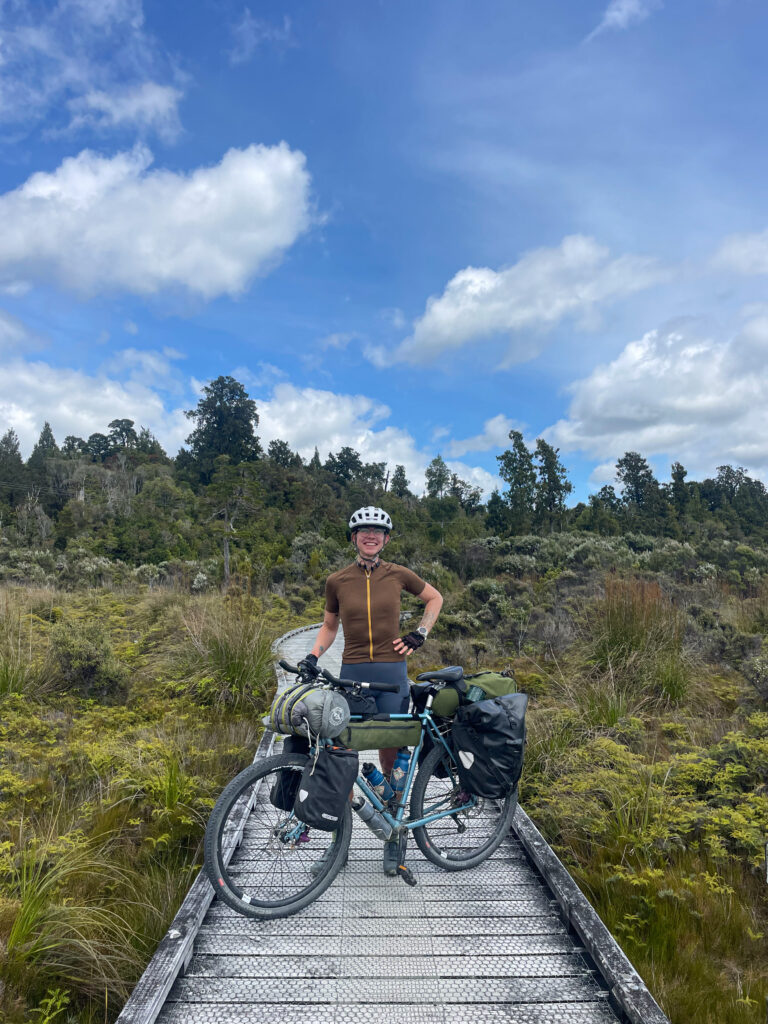
1. Decide your budget.
First things first- figure out how much you want to spend. The first bike I ever purchased (back in 2018) was a 1990’s vintage Trek, hardtail mountain bike for $150. It was old, but (kind of) functional, and took me from Atlanta, GA to Baltimore, MD the summer I graduated from college. I was a typical *broke college student* and needed to be cheap. So, first things first, become acquainted with your realistic budget constraints. Besides, I think anyone new to a sport should start off cheaply- there’s no point investing until you know you love it.
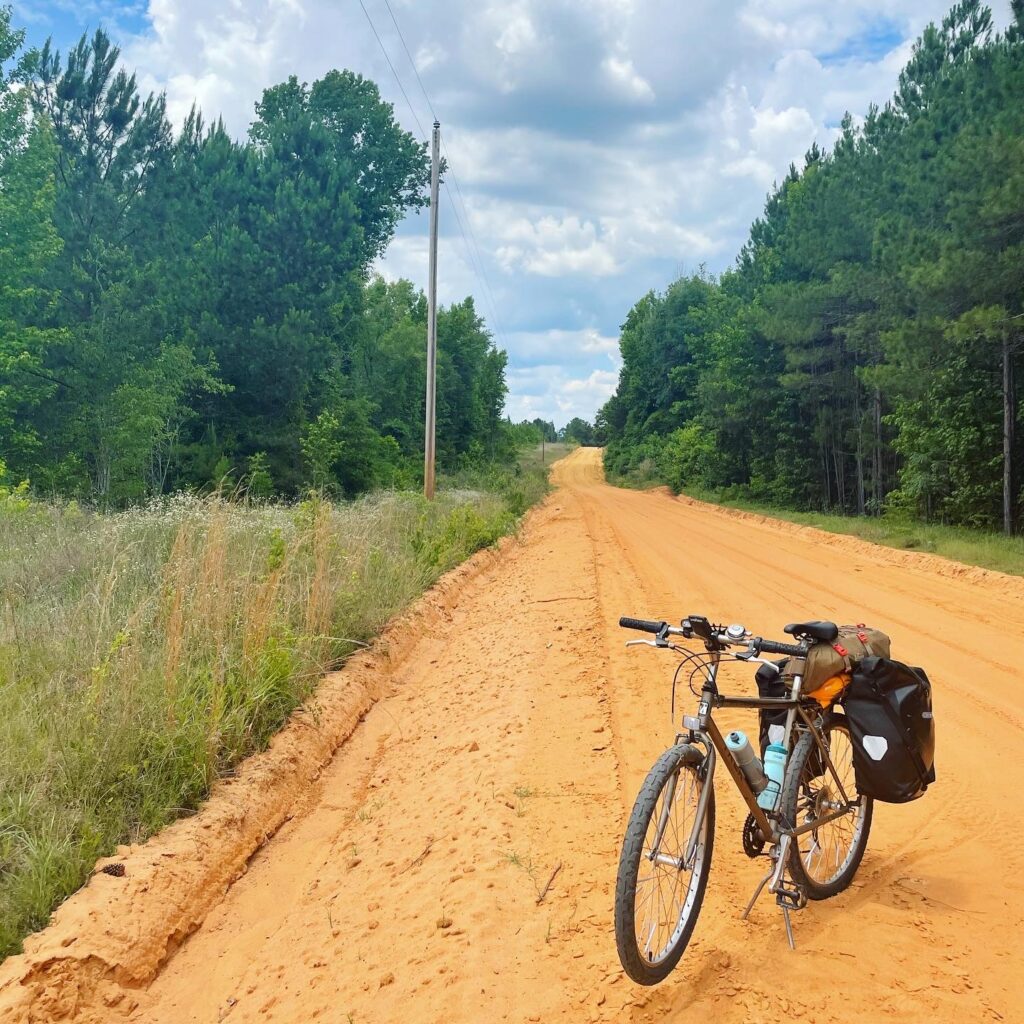
The second bike I purchased was $900 (I’m pretty sure I overpaid for it) and was a proper steel, Frankenstein gravel bike with a Surly fork, Jamis frame, with one disc brake and one rim brake. I had a bit more money for my upcoming tour, but not a ton, and wanted to upgrade without breaking the bank. Thus, I decided to cap myself at $1000 for a new/used bike. This one was more suited for touring than my Trek (despite all its impracticalities), and took me across 10 countries in Europe for 4.5 months.
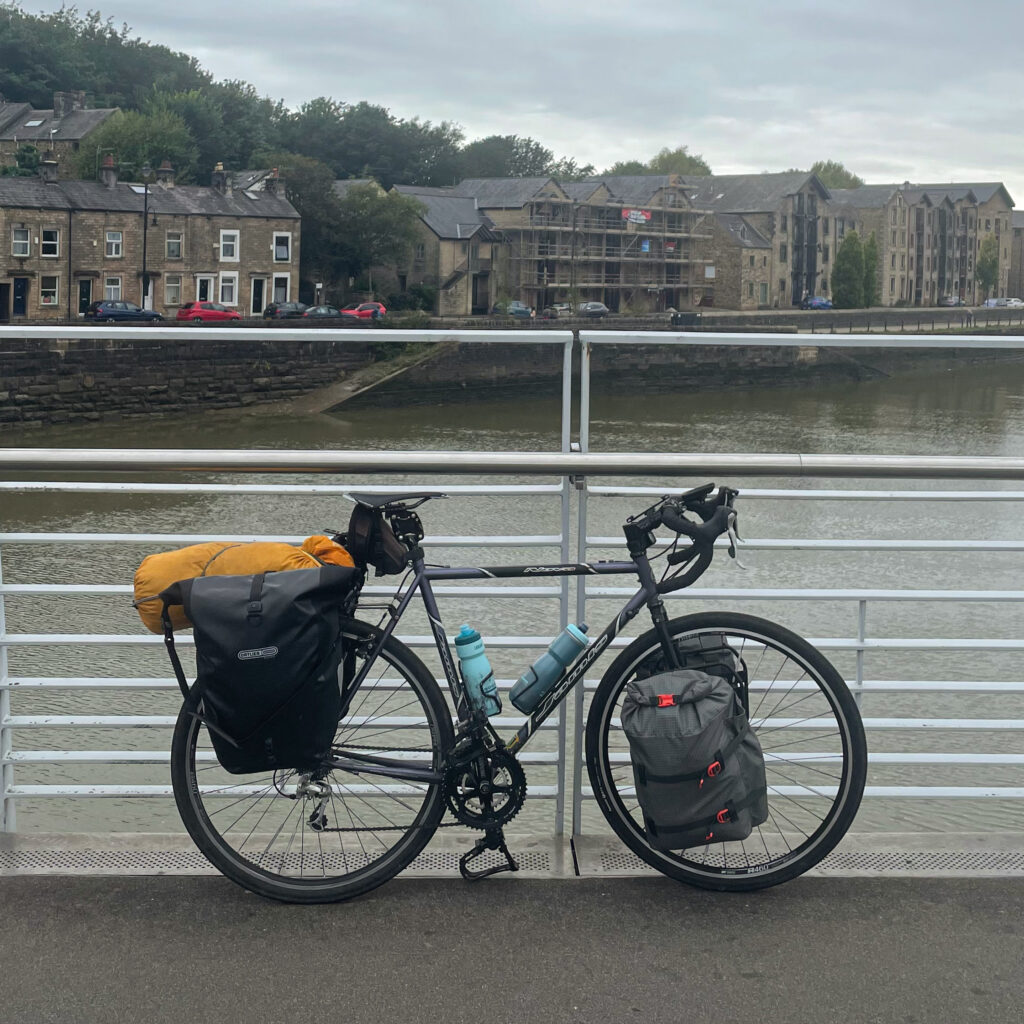
If you are in the US, I believe you can find a strong enough bike for less than a thousand dollars, maybe even less than $500 if you search long and hard enough and are okay with making a few upgrades or working on some of it’s flaws before setting out on your adventure. Remember that your budget is specific to your wants and needs- and while a cheap bike might seem cost-effective in the short term, you may end up paying for upgrades and roadside assistance more than you would like in the longer term.
2. Decide the type of bike you want- to road bike, gravel bike, or mountain bike?
What type of touring are you interested in? Do you plan to go on mountain and gravel paths? Do you prefer pavement, bike lanes and roads? Do you want a mix of it all? If you are unsure of what biking you want to do, then see what the tour you are preparing for looks like. If you are following a pre-planned route (from websites such as Bikepacking.com, the American Cycling Association, and/or Eurovelo.com) there is likely a section that defines the road conditions of the tour. I’d also suggest watching YouTube videos of wherever you plan to travel- it’s probably one of the best ways to get a sneak peak of the terrain you’d encounter.
3. Search Facebook Marketplace, Craigslist’s, OfferUp, eBay, and anywhere else.
The next step- get to window shopping! Facebook Marketplace, Craigslist, OfferUp and eBay are all great places to find a used bike. Read the descriptions of each bike thoroughly- don’t rely on pictures alone. Does it say that the bike is hardly used? That its brakes need replacement? Is it a brand that you should avoid, such as a Huffy (avoid Walmart bikes at all costs)? Do the parts look rusty? Assess each bike that you find very, very carefully, and don’t shy away from asking the seller specific questions about its quality and use status, or if they would recommend it for a longer tour.
I’d suggest saving/making a list of the bikes you are interested in, then systematically narrowing it down through whatever criteria you have deemed to be a non-negotiable. This could look like the following list: flat handlebars, under $700, no suspension, steel frame. Message all of the sellers of the bikes you are interested in, and see who gets back to you and is up for negotiation (it doesn’t hurt to negotiate!).
4. Make sure the bike fits you & is functional.
Bikes have sizes- if you get the wrong size, you may not even fit on the bike, and if you try and force yourself to fit, you can cause yourself unnecessary stress related injuries. This is just one website to get you started on sizing- when reading the descriptions of each bike online, check for make and model/frame size/height recommendations (and if it is not listed, DM the seller to ask). You may have to google the bike model in another tab to figure out its size and if it will fit you.
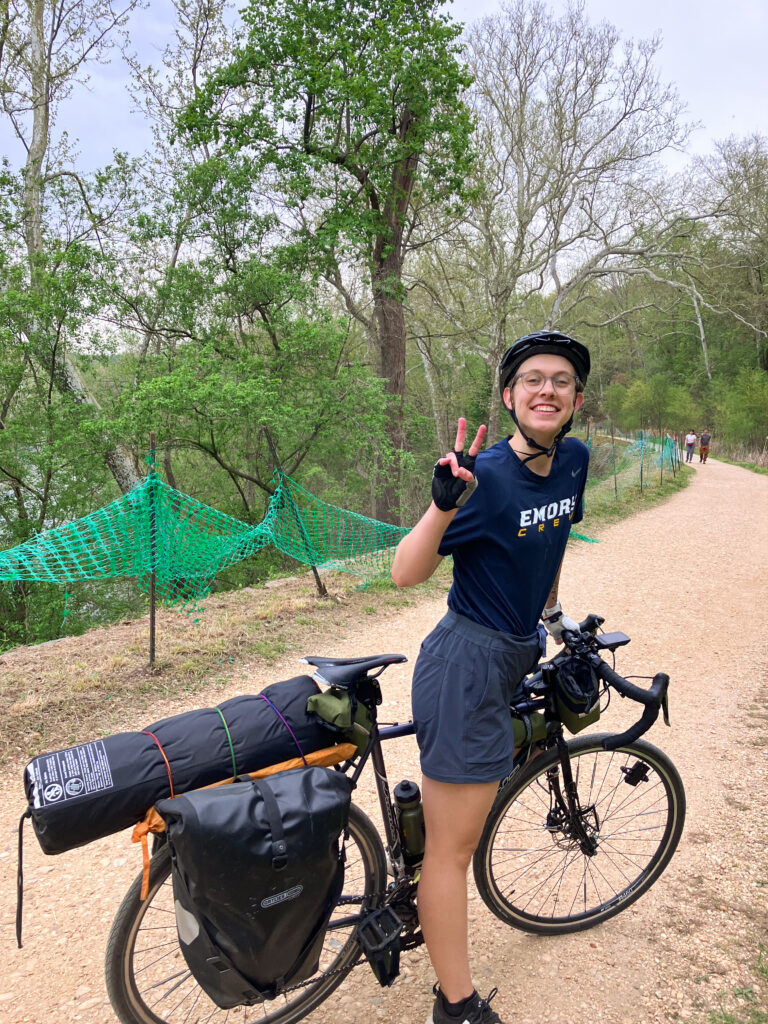
5. Test ride the bike.
Before you purchase, please, give the bike a ride! Yes, there is a chance you will be totally fine if you purchase a bike from far away and have it shipped to you (I’ve known two people to do this and be happy with their purchases), but I would still recommend giving it a test ride. A test ride will confirm if the bike is the right size and shape for what you are looking for. Perhaps you wanted drop bars, but upon riding it, you realize you don’t like the forward leaning position. Perhaps the bike is in worse condition than you expected. You never know wat could go wrong- it doesn’t hurt to check out in person first!
6. Purchase!
Last step, is to purchase the bike for your bike tour/bikepacking trip, but I’m pretty sure you could have figured that out without me 😉 .
*Pro-tip
If you have friends who are cyclists, reach out to them for some advice. While they may have the bandwidth to answer every single little question you may have, I can almost guarantee that they will be happy and eager to get you started on your purchasing journey. Tell them what you think you want and need, ask for feedback, send them some listings you’d browsed, and get a second opinion on them before committing. Community is huge in the cycling world- most of us enter biking as blindly as anyone else, and when cyclists see a fellow friend new to the sport, in my experience, we tend to grab your hand and take you where you need to go to get sorted. Cyclists tend to look after one another. So don’t be afraid to ask your friends for some simple advice :).
Leave a Reply